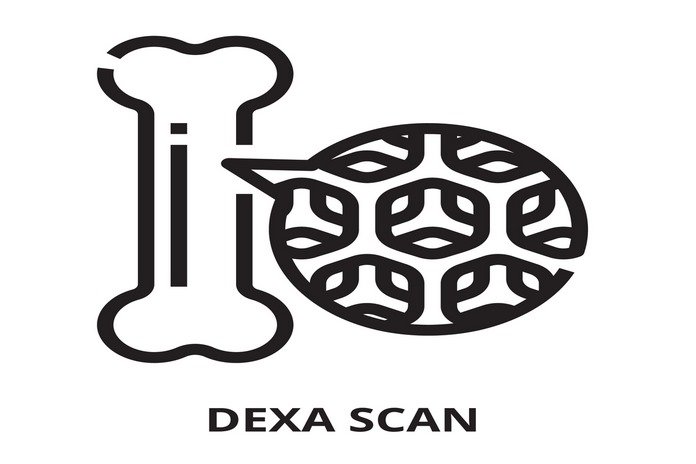Osteopenia Diagnosis

Osteopenia mostly does not consist of any signs or symptoms. This makes it tough to diagnose until you are experiencing a mineral density test. The National Osteoporosis Foundation suggests the test if you are any of the following:
- If you are a woman who has been experiencing menopause, for less than 65 years and also experiencing other risk factors that provide you an increased risk of osteopenia
- You are a woman 65 years or above
- Also, if you are a woman who is at the age of menopause and have an increased risk for breaking bones because of the presence of other factors of risk
- You are an above than 65 years with risk factors
- If you are a postmenopausal woman 50 or elder
- You experience bone breakage after 50 years without any significant trauma (called fragility fracture)
This test is fast and painless. It measures how thick or dense your bones are by utilizing X-rays. Sometimes, the first symptom of your bones getting weak is a breakage. Most people experience fractures or several fractures in their spine and they don’t even know it. (4)
Visit your doctor or general physician if you are experiencing symptoms of a spinal fracture that consist of:
- Loss of height
- Severe, sudden back pain
- Back pain while twisting or bending
- Stooped or curved shape to your spine
- Back pain that becomes worse while walking or standing, but get a bit well when you lie down
The National Osteoporosis Foundation suggests that you have your BMD test. Your doctor might suggest that you have your BMD test for some other reason. For example, around one in three Asian and white men above 50 age have a low bone density of bone.
DEXA test
Dual-energy Xray absorptiometry, known as DXA or DEXA, is the most occurring way to estimate BMD. It is also called a bone mineral density test. It utilizes X-rays that have reduced radiation than a normal X-ray. This test is without any pain. DEXA mostly estimates bone density level in your hip, spine, finger, wrist, heel, or shin. DEXA compares the bone density to the density of a 30-year-old of the same race and sex. The result of a DEXA is a T-score that your doctor might utilize to do a diagnosis.
| T-score | Diagnosis |
| +1.0 to –1.0 | normal bone density |
| –1.0 to –2.5 | low bone density, or osteopenia |
| –2.5 or more | osteoporosis |
If your T-score reveals that you are having osteopenia, your DEXA report might consist of your FRAX score. If that does not, your doctor might calculate it. The FRAX tool utilizes your bone density and some other risk factors to measure your chance of breaking your spine, hip, shoulder, or forearm within the coming 10 years. Your doctor might also utilize your FRAX score to aid in making decisions regarding the treatment of osteopenia. For diagnosing low bone mineral density, a doctor will:
- Arrange a physical examination
- Ask questions regarding your family’s health history, significantly osteopenia or osteoporosis
